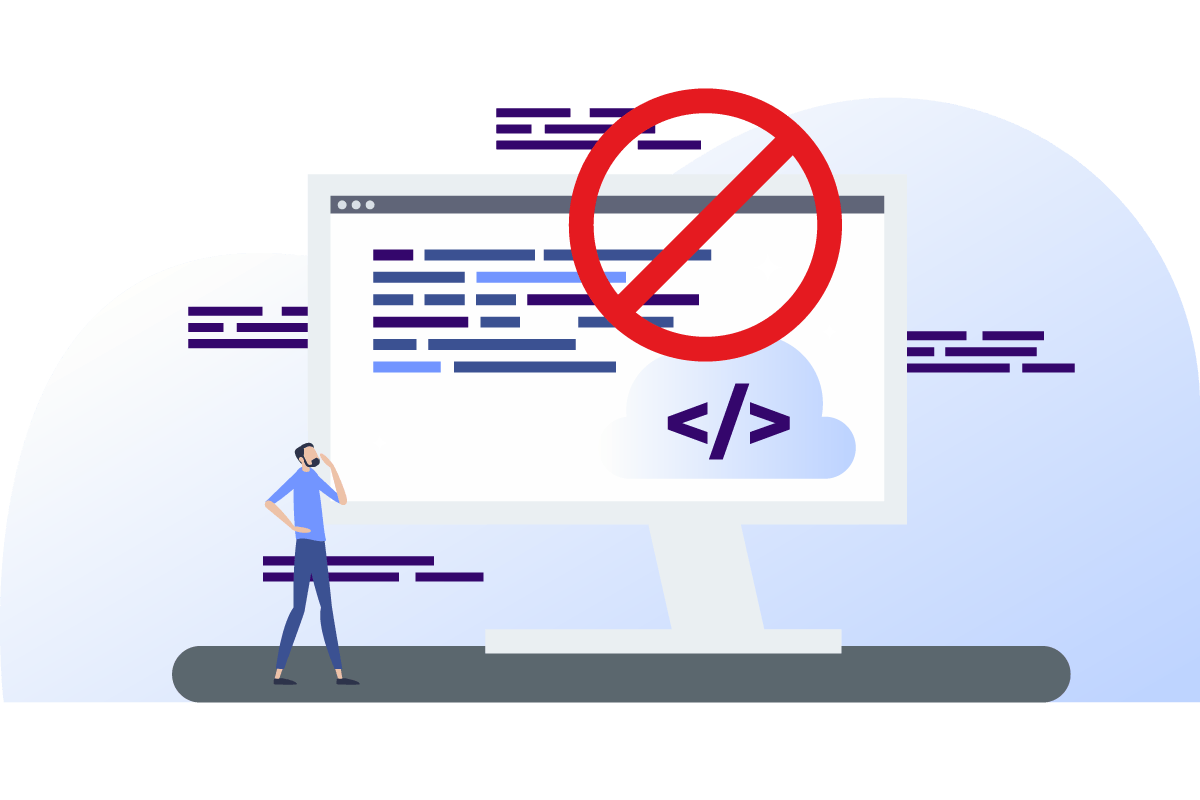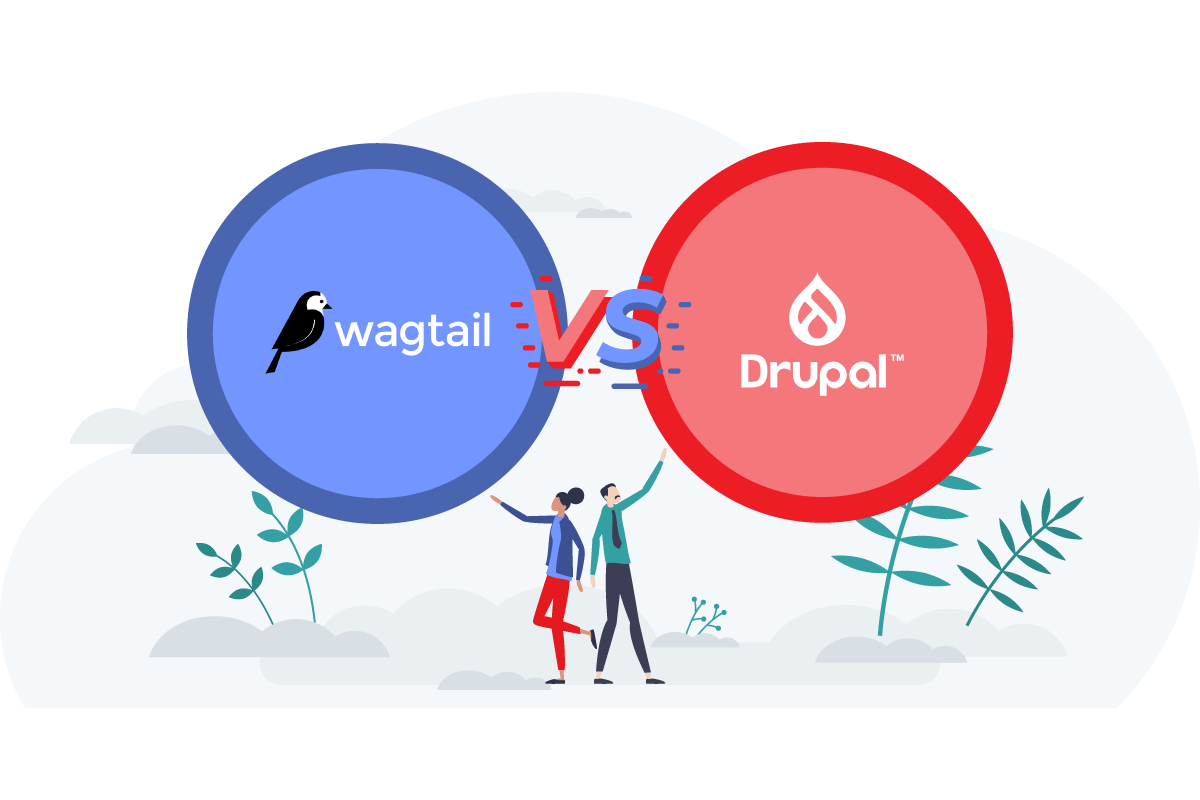5 tips for optimising your use of data

source: freepik.com
One of the biggest changes brought about by the digital revolution has been a massive increase in the amount of raw data which every organisation now deals with.
Every point of contact which a consumer makes with your organisation — via your website, social media, email or even something as quaintly old fashioned as a phone call — contains vital information, which, if used properly, will help you to hone exactly what you offer. The trick is to know exactly how to go about analysing that data in order to maximise its’ usefulness.
The following are a few simple tips aimed at turning you into a successful data miner.
-
Establish your goals
Decide what you want to achieve through data mining and set it out as simple Key Performance Indicators (KPIs). This will give you a benchmark to return to when analysing whether your data mining has been effective. If you’re looking into the response your email marketing effort is receiving, for example, set out exactly the percentage increase in leads generated which you’re hoping to achieve. The vast majority of data which floods in can safely be ignored, and having defined aims will enable you to focus on the facts which matter. -
Work with people
All too often, business leaders assume that effective data mining is all about installing the right technology. There’s no escaping the fact that technology helps, but it’s only a tool, and the most vital aspect of your data strategy will be the way in which your people use that tool. The importance of data needs to permeate your organisation from the top down, since every point of contact with every member of your team throws up another possibly vital piece of data. -
Destroy the silos
Business structures tend to lead to the formation of silos, whether this is intended or not. The various departments — sales, marketing, research, management, engineering etc. — work in isolation from each other. Data becomes much more powerful if it’s shared across these departments and if the system which gathers and analyses data is designed to be accessible and usable throughout your organisation. The feedback which people on the shop floor receive, for example, could prove invaluable to the teams working on developing new products, but only if all of the data is shared. -
Constantly monitor
Given that the underlying purpose of data mining is to grow your business it naturally follows that, if your efforts are successful your business will grow, and that business growth will in turn generate even more data. This is why it’s vital to constantly monitor and update your processes, to ensure that the right sorts of data are still being targeted, and that your KPIs have been updated to reflect the new situation. -
Share the results
Make sure that everyone in your organisation is aware of the results which have been yielded through successful data mining. Publicising direct and measurable outcomes — through meetings, newsletters, memos or whatever method is most applicable to your organisation — will allow everyone to see just how effective the correct use of data has been.






